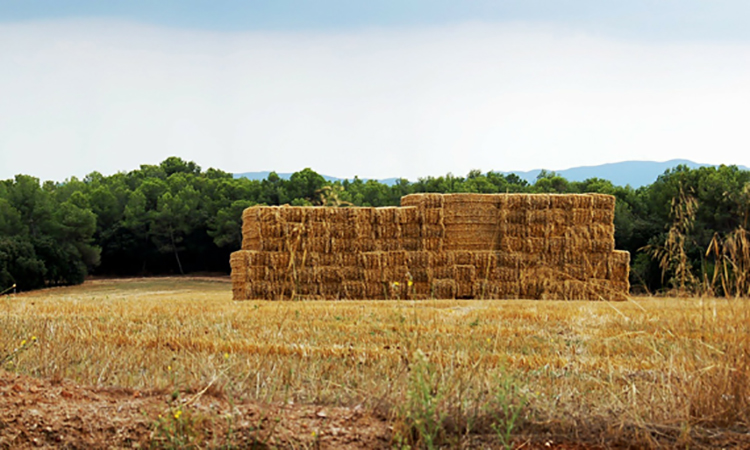In conditions of very low relative humidity and high temperatures, the machinery used for harvesting and gathering cereal crops can cause forest fires, which sometimes lead to serious harm to persons and their safety, to the loss of the crop and of the machinery, to a threat to farm buildings and it may ultimately also affect forest land.
The risk of fire caused by sparks when harvesting cereal crops rises in conditions of low relative humidity (below 50 % there begin to be fires, while a peak in fires occurs with a humidity of below 30 %).
Statistically, the fire curve shifts in terms of time with regard to the relative humidity curve due to the effect of increased fire risk caused by radiation, with a fire peak between 1 pm and 2 pm, and ignitions concentrated between 1 pm and 5 pm; consequently, it is advisable to take the utmost precaution during the times of maximum sunlight.
General advice
- Avoid the over-heating of machines or their bearings, as well as the build-up of static electricity with earth dischargers.
- Take extreme care in the maintenance of machines, i.e. clean the exhaust manifold and other points on the machine where the chaff and straw collect every day. Similarly, check the exhaust pipe gas outlet to ensure that the spark arresters are working properly. Provide extinguishers if speedy action for fire in the machinery is required, and water carriers for use on fire in cereal and straw.
- Whenever possible, ensure that there is an observer monitoring the whole of the harvested field in order to detect possible ignitions (the lorry driver or grain tractor driver or any other assistant).
- Ensure discontinuity between the areas already harvested, those not harvested and the forest land. For this reason it is very important that, whenever possible, you leave a strip of field around these areas with the disc ploughs after harvesting.
- On days in a heat wave with relative humidity of below 30%, it is advisable to reduce or, better still, stop activity between 1 pm and 5 pm.
- Schedule the harvest with the Forestry Defence Group (ADF) so that the primary action material that the ADF may provide and its volunteers are coordinated and working together at times that the machines are working.
- When harvesting on uneven ground, it is advisable to raise the cutter a little, when turning the harvester between 1 pm and 5 pm (official time) to prevent friction against the ground and any stones. It is also advisable to cover the bottom of the skid with nylon or other non-metallic plates.
- Carry a mobile phone and alert immediately of any incident, and in the event of a fire, alert the fire service immediately on 112.
This document is supported by the professional agricultural associations Farmers' Union, Young Farmers and Livestock Breeders of Catalonia, ASAJA, The National Secretariat of Forestry Defence Groups of Catalonia, the Catalan Agricultural Institute of Sant Isidre, and the Government of Catalonia departments of the Homme Affairs and Territory and Sustainability.
The professional agricultural associations, the National Secretariat of the ADF of Catalonia and the above departments of the Government of Catalonia will be promoting fire prevention measures information sessions in the counties especially affected by agricultural fires, and a working group will be set up to study and propose measures for the forthcoming seasons.

 Contact
Contact



